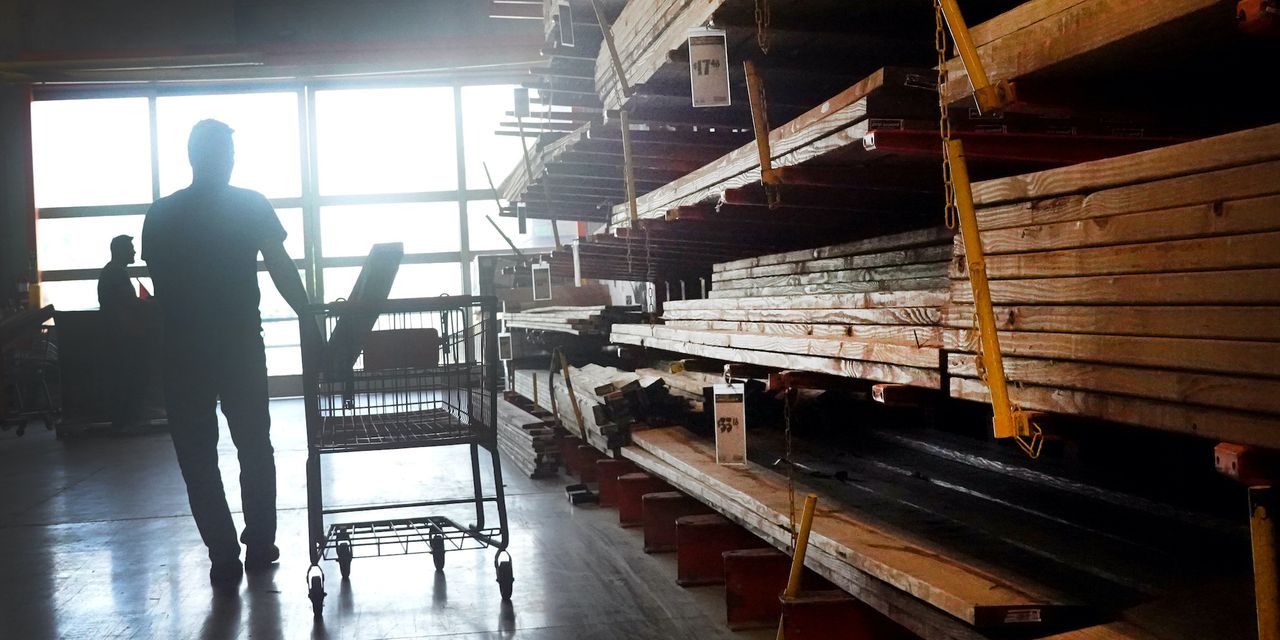This article is reprinted by permission from NerdWallet.
The morning after the hurricane hit Florida, I got a text from my tenant.
“I have completely moved out,” he wrote after the storm last fall, wishing me an abrupt “good luck” despite having been there over three years, with eight months left on his lease. The wind had just subsided, windows were still boarded up and my nerves were frazzled.
The building was unscathed from the hurricane, but a different storm had ravaged the apartment. Once inside, I found pet damage to the doors and walls, busted tile in the bathroom and broken kitchen cabinets — a list of repairs that would exceed the security deposit.
My contractor quoted me around $9,500 to repair and update the whole apartment, and I was fortunate to have the necessary cash on hand. But he also noted the job could take months to complete, which gave me time to shop for deals on materials and figure out how to put some cash back in my pocket.
Here’s how I stacked a new credit card with a high-yield savings account to save over $1,100 on the remodel.
A triple-threat credit card
The first step was finding a credit card that offered three things: a 0% introductory interest rate, cash back on purchases and a sign-up bonus. The 0% rate would let me pay off the expense over time, while the cash back and bonus would defray the cost.
That can be a powerful combination when an unexpected expense arises, according to Michael Berkhahn, a certified financial planner with Graham Capital in Tampa, Florida.
“Using an interest free credit card provides the consumer the flexibility to not have to use their savings up front,” he said in an email.
To get the best credit card offers, you’ll need at least good credit (credit scores of 690 or higher). My credit qualified me for a cash-back card with an 18-month 0% APR period and a $200 bonus. Home improvement stores were an eligible bonus category, and since the card was from the bank that holds my retirement accounts, I also qualified for a boost to its reward rates.
The project wrapped up for a total price of $10,100, including materials and labor. Those expenses earned me a total of $464 between the card’s bonus and ongoing cash back.
Also read: Alternative credit cards can help you build credit, but it could be wild ride
A high-yield savings account
This next step only works if you already have the cash you need to cover your expense.
According to the St. Louis Federal Reserve, the national average interest rate on savings accounts has increased by 600% since May 2022, making them a more attractive place to store cash.
I found an online bank that offered a 4.8% annual percentage yield. And instead of immediately paying off the credit card I’d charged for the remodel, I deposited the $10,100 into that savings account.
By simply making the card’s minimum monthly payment of $96 over the 18-month 0% APR period — and then paying off the remainder once that period is over — I will earn an estimated $693 in interest from that savings account.
Combined with the $464 earned from the credit card, that’s $1,157 in savings.
Note that interest rates on savings accounts can change as the federal funds rate changes. But that’s impossible to predict, so this calculation assumes a flat 4.8% APY for the entire 18-month period.
Also see: 4 ways I use credit cards to make my family’s travel cheaper
What to keep in mind
This strategy requires diligence. You’ll have to stay on top of your credit card’s minimum payments for the duration of the 0% intro APR period or risk losing that promotion. And if you can’t pay off the full amount by the end of the intro APR period, interest on the remaining balance could wipe out any savings.
“Not all consumers have the best spending habits, and opening a new credit card may cause them to overspend and fall behind on payments,” Berkhahn said.
Also, be aware that when you apply for a credit card, you typically won’t know your credit limit until after you’re approved. It’s possible you won’t get a high-enough ceiling to handle your project — and even if you do, adding a large new expense to a credit card could hike your credit utilization ratio, which also has consequences.
“The credit score could end up impacted if they carry a balance too high compared to their credit limit,” says Trent Graham, a financial wellness expert with the nonprofit debt management company GreenPath.
Read: 4 financial lessons you can learn from these Netflix shows
Still, keep in mind that the higher your credit scores, the more generous credit card issuers tend to be with credit limits. Your credit utilization will decrease as you pay down the balance.
To hedge against other risks when using this approach:
- Ensure you have the cash on hand to cover the project. If you don’t, a 0% intro APR credit card can still give you months of interest-free financing, you’ll just have to skip the high-yield savings account step.
- Pay at least your minimum balance throughout the credit card’s 0% APR period. Set up autopayments or alerts if needed.
- Avoid putting any other charges on the credit card that you can’t immediately pay off.
More From NerdWallet
Craig Joseph writes for NerdWallet. Email: [email protected].
Read the full article here





